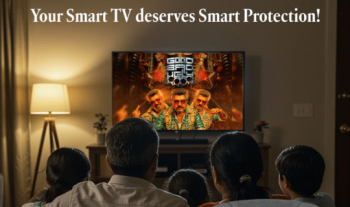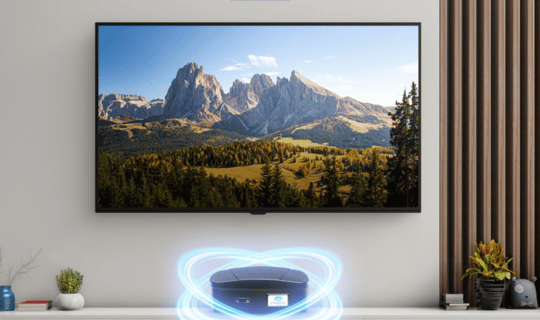Which is Better, a UPS or a Stabilizer for a TV?
Introduction
When it comes to protecting your beloved TV—be it a sleek LED, a stunning OLED, or a high-tech smart TV—you can’t just leave things to chance. In India, where voltage fluctuations can be as unpredictable as the monsoon, your electronics need a safety net. Two common solutions often come up in conversation: UPS (Uninterruptible Power Supply) and Voltage Stabilizers. But which one is the knight in shining armor for your TV? Let’s break it down and separate the wheat from the chaff.

Understanding the Basics What is a UPS?
A UPS is essentially your TV’s bodyguard and butler combined. It not only protects against sudden power loss but also supplies backup power for a short duration—enough to save your settings, avoid abrupt shutdowns, and prevent hardware damage. Think of it as a safety cushion that catches your device when the power rug gets pulled out from under it.
Key functions of a UPS:
-
Instant backup power during outages.
-
Protection against sudden blackouts.
-
Smooth transition between main power and backup.
What is a Voltage Stabilizer?
A voltage stabilizer acts like a skilled tightrope walker—it keeps the voltage perfectly balanced, ensuring your TV always gets just the right amount of power. It doesn’t give backup power, but it shields your electronics from the constant ups and downs of your power supply.
Key functions of a stabilizer:
-
Maintains steady voltage levels.
-
Prevents damage from surges, sags, and spikes.
-
Prolongs the life of your TV’s internal components.
The Core Difference: Backup vs. Balance
The main distinction boils down to this:
-
If power cuts are your main headache, a UPS is your go-to. If voltage fluctuations are the real villain, then a stabilizer is your first line of defense.
Which Works Better for a TV? When to Choose a UPS:
-
You live in an area with frequent blackouts.
-
You want to avoid abrupt shutdowns that might corrupt software or damage hardware.
-
You’re using a high-end smart TV that needs proper shutdown protocols.
Downside: UPS units generally provide limited voltage regulation compared to stabilizers, and their backup time is short—usually just enough to safely turn off your TV.
When to Choose a Stabilizer:
-
Your area suffers from frequent voltage fluctuations.
-
You want consistent voltage to protect delicate TV circuits.
-
You value long-term device health over temporary backup.
Bonus: A high-quality stabilizer like Everest models can handle voltage fluctuations with precision, making it a “set it and forget it” solution.
The Best of Both Worlds
For ultimate protection, some households use both—a stabilizer for steady voltage and a UPS for backup during outages. However, for most TV owners in India, a good stabilizer alone often does the trick. After all, your TV is a long-term investment, and it’s wise to protect it from silent killers like voltage spikes rather than just occasional blackouts.
Everest’s Take on It
At Everest Stabilizer, we’ve been in the business of keeping your electronics safe as houses for decades. Our advanced TV stabilizers are designed with micro-controlled technology, thermal overload protection, and wide voltage ranges—perfect for India’s unpredictable power conditions. With Everest by your side, your TV gets a steady diet of clean, safe voltage, ensuring it performs at its best for years to come.
Final Thoughts
If you had to pick one, for a TV in the Indian power landscape, a voltage stabilizer is often the smarter choice. It’s like having a watchful guardian standing between your prized television and the wild swings of your local power supply. A UPS can be the cherry on top if outages are frequent, but your first priority should be consistent voltage regulation. With Everest TV Stabilizers, you’re not just plugging into a device—you’re plugging into peace of mind. After all, your TV deserves more than “just enough” protection—it deserves the Everest standard.




